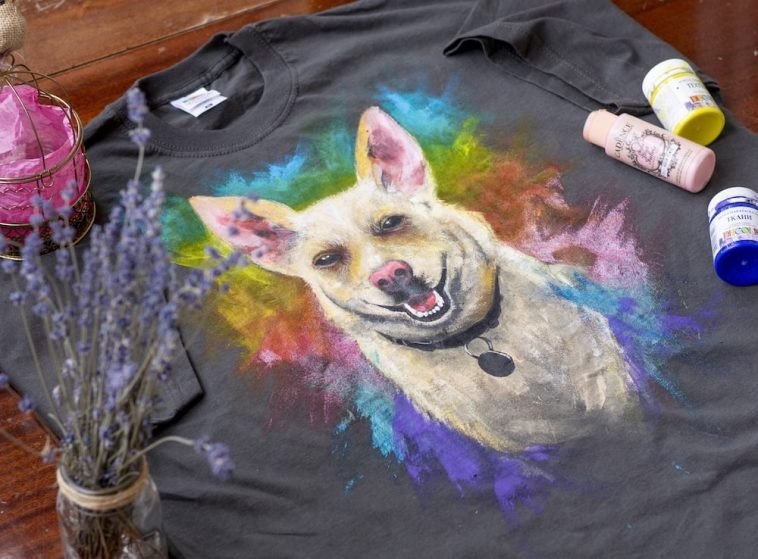Introduction.
AI photo generators have exploded in popularity recently. They’re everywhere—from creating stunning social media graphics to helping artists, marketers, and everyday users create images on the go.
These tools have made it easier than ever to create high-quality visuals, which were once possible only with professional software or skilled designers. The best AI photo generators can produce realistic, high-resolution images in seconds.
They don’t just save time; they empower anyone to turn their imagination into reality. But with so many tools out there, it can be hard to know which ones stand out and what each one offers.
In this post, I’ll walk you through some of the top AI photo generators. I’ll explain how they work, what makes each one unique, and how to get the best results from them.
Best AI Photo Generator You Should Know
1. DALL-E 3 by OpenAI.
OpenAI’s DALL-E 3 is known for producing some of the most creative, high-quality images in AI. It’s particularly popular among artists and content creators because it can understand detailed prompts and bring intricate ideas to life.
DALL-E 3 has a refined understanding of language and context, making it one of the best tools for generating creative visuals from just a text description.
Features:
- Natural Language Understanding: DALL-E 3 can take complex, descriptive prompts and generate highly detailed images.
- Ethical Filters: OpenAI has built in filters that prevent inappropriate content generation, which makes DALL-E safer for all users.
- Free to Start: Available on platforms like ChatGPT, where you can experiment with basic image generation.
Pros:
- Excellent for highly detailed, creative images.
- Generates results that often look like artwork.
- Accessible through OpenAI’s platforms.
Cons:
- Limited free usage and may require a paid plan for extended use.
2. Midjourney.
Midjourney is another popular AI photo generator that many consider a rival to DALL-E. Known for producing vivid, surreal images, Midjourney is great for those who want visually impactful images with an artistic feel. It’s especially popular among graphic designers and digital artists who want a unique look.
Features:
- Unique Art Styles: Midjourney offers its aesthetic, often leaning toward a surreal, dreamlike quality.
- High Quality: It produces high-resolution images that are perfect for print and digital media.
- Community Access: Midjourney operates through Discord, where users can see each other’s work and learn from the community.
Pros:
- Excellent for artistic, visually impactful images.
- Community support and collaborative environment.
Cons:
- Requires a Discord account to access, which may be confusing for beginners.
- Has limited free usage, after which a paid plan is needed.
3. Stable Diffusion.
Stable Diffusion is an open-source AI image generator, and it’s highly customizable, allowing tech-savvy users to run it locally or on a cloud service.
This tool is great for those who want full control over their image generation process. It’s highly flexible and widely used in the AI art community.
Features:
- Open Source: Anyone can use and modify Stable Diffusion, making it very versatile.
- Fine-Tuning Options: Users can modify parameters and customize the model to suit specific needs.
- Runs Locally: Unlike other generators, Stable Diffusion can be installed on your computer, which gives you more control over your projects.
Pros:
- Complete customization.
- No restrictions on usage if run locally.
Cons:
- Requires some technical knowledge to set up and run.
- Lower ease of use for beginners compared to DALL-E or Midjourney.
4. Canva’s AI Image Generator.
Canva has added an AI photo generator that’s perfect for users who want a simple, integrated design solution.
Canva is a widely-used graphic design tool, and its AI image generator is accessible, even for beginners.
It’s a great option for creating quick, professional images, and is especially handy for marketers, social media managers, and small business owners.
Features:
- Easy to Use: Canva’s interface is known for its simplicity, and the AI generator is no exception.
- Integration with Canva’s Tools: You can use generated images within Canva to design posters, social media graphics, and more.
- Free Access: Canva offers a free plan, and the AI photo generator is accessible within it, though the Pro plan includes additional features.
Pros:
- Beginner-friendly with an intuitive interface.
- Seamless integration with other Canva tools.
Cons:
- Limited customization compared to dedicated AI art tools.
- Image quality can vary depending on the prompt complexity.
5. Photosonic by Writesonic.
Photosonic is an AI image generator by Writesonic, a popular AI writing tool. Photosonic is ideal for those looking for basic image generation for web and marketing purposes. It’s easy to use and works well for simple graphics, social media posts, and blog visuals.
Features:
- Text-to-Image and Image-to-Image Options: Allows you to generate images from scratch or upload a photo for editing and transformation.
- Marketing Integration: Since it’s part of the Writesonic ecosystem, Photosonic is a good fit for marketers who want visuals that match their written content.
- Freemium Model: Users can start with a free trial before committing to a subscription.
Pros:
- Simple and beginner-friendly.
- Good for marketing content and web visuals.
Cons:
- Limited creative depth compared to other AI generators.
- Lower quality for complex or high-resolution images.
Frequently Asked Questions (FAQs)
Q1: Are AI photo generators free to use?
Most AI photo generators offer a free version, though many have usage limits or may require a subscription for advanced features. For example, DALL-E and Midjourney allow some free trials, while Canva has a free plan but may charge for certain advanced features.
Q2: Do I need technical skills to use an AI photo generator?
Not always. Tools like Canva, DALL-E, and Photosonic are quite user-friendly, requiring no technical skills. However, Stable Diffusion may require a bit of technical knowledge if you’re planning to run it locally.
Q3: Are images created with AI photo generators safe to use commercially?
Generally, yes, but it depends on the tool and its terms of use. Some tools, like Canva’s AI generator, explicitly allow commercial use for their generated images. Always check each tool’s licensing terms if you’re using it for commercial purposes.
Q4: How do I get the best results from an AI photo generator?
To get the best results, try to use detailed, specific prompts, especially with tools like DALL-E and Midjourney, which perform better with more context. Experiment with various keywords and styles until you get the results you’re happy with.
Q5: Can AI-generated images replace traditional art or photography?
AI-generated images are incredibly versatile and useful, but they’re not necessarily a replacement for traditional art or photography. They work best when used as a tool to support or enhance creative work rather than replace it.
Conclusion
AI photo generators have changed the way we create visuals, making it possible for anyone, from beginners to professionals, to create stunning images with just a few clicks.
Whether you’re a small business owner, artist, or hobbyist, these tools offer a variety of options to suit different creative needs.
While some tools shine with artistic flair, others focus on simplicity and integration, so there’s a perfect fit for everyone.
What kinds of images would you like to create with an AI photo generator?





GIPHY App Key not set. Please check settings